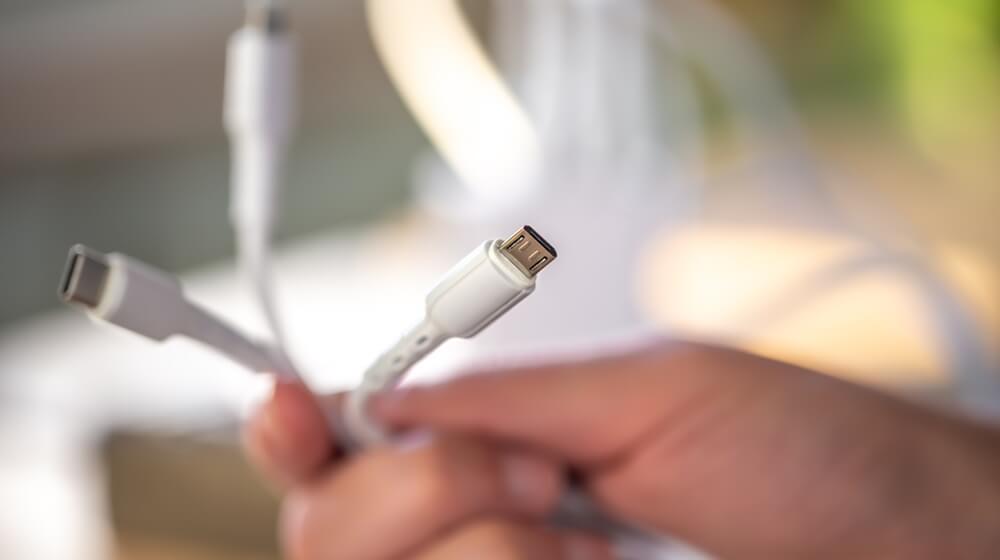general
Is Wireless Charging Bad for Battery?
Welcome to the era of wireless wonders, where charging our devices has become as easy as setting them down. Yet, amidst the ease, a question nags at our tech-loving minds: Does wireless charging play nice with our precious batteries? Keep reading as we reveal truths about wireless charging, debunk myths, and assess its impact on your device’s battery health.
Get ready to discover the untold story of the invisible power dance happening every time you drop your phone onto that sleek charging pad.
Evolution of Charging Technology
In the quest for a wire-free world, the evolution of charging technology has been nothing short of revolutionary. Remember the days of being tethered to a wall socket, struggling with cords that seem to have a life of their own? Now, enter wireless charging – a paradigm shift that liberates our devices from the shackles of cables.
The journey from wired to wireless is a testament to human ingenuity. Traditional charging methods, while effective, came with their own set of limitations. The advent of wireless charging disrupted the norm, using electromagnetic fields to smoothly transfer energy from pads to devices. This innovation not only decluttered our lives but also heralded a new era of convenience.

Say goodbye to cable tyranny, inductive charging prioritizes both function and style. Charging pads have morphed into sleek, sophisticated accessories, seamlessly blending into our living spaces. It’s not just about cutting cords, it’s crafting an intuitive daily experience.
Moreover, this shift has prompted a surge in compatibility across devices. From smartphones to wearables, an increasing array of gadgets now boasts wireless charging capabilities. The interoperability of these devices with a diverse range of charging pads fosters a sense of universal convenience, ensuring that the wireless charging ecosystem continues to expand and evolve.
Dispelling Common Myths

Heat Generation:
Contrary to the belief that wireless charging generates excessive heat, modern technologies have effectively addressed this concern. Advanced thermal management systems embedded in devices and charging pads work harmoniously to regulate temperature, ensuring an optimal charging environment without compromising battery longevity.
Overcharging Concerns:
Intelligent charging circuits embedded in contemporary devices debunk the fear of overcharging. These circuits act as guardians, automatically cutting off power once the battery reaches full capacity, safeguarding it from the perils of overcharging.
Charging Speed vs. Battery Health:
Critics sometimes scrutinize wireless charging for its seemingly slower pace compared to wired methods, but the impact on battery health is not solely determined by charging speed. The efficiency of the charging process and the overall design of the inductive charging system play pivotal roles in maintaining the integrity of the battery.
The Role of Battery Chemistry
Understanding the intricacies of battery chemistry unveils the science behind the power that drives our devices. Batteries are not one-size-fits-all, they come in various types, each with its unique chemistry dictating performance and longevity. This diversity plays a crucial role in dispelling the notion that wireless charging universally harms batteries.
Lithium-ion (Li-ion) batteries, prevalent in modern devices, are the workhorses powering our smartphones, laptops, and more. These batteries boast a high energy density, providing a reliable and lightweight power source. Importantly, these batteries are well-suited for the demands of wireless charging. Unlike their predecessors, Li-ion batteries exhibit minimal memory effect, meaning they don’t « forget » their full capacity, a critical factor in maintaining overall battery health.

Emerging lithium-polymer (LiPo) batteries also influence the wireless charging dance. Found in sleek, thin devices, LiPo batteries are more flexible, allowing manufacturers to experiment with form factors. Their adaptability aligns seamlessly with the demands of wireless chargers, contributing to a symbiotic relationship between battery chemistry and charging technology.
As we peer into the future, advancements in battery technology continue to blur the lines between efficiency and sustainability. Solid-state batteries, on the horizon, promise enhanced safety, longevity, and faster charging. The evolving marriage of wireless charging and cutting-edge battery chemistry holds the key to a future where the worry of battery degradation becomes a relic of the past.
Real-world Implications
Real-world user experiences shed light on the positive outcomes of wireless charging on battery longevity. Numerous case studies showcase the reliability and efficiency of wireless charging when used responsibly. Encourage users to optimize battery health while using wireless charging by adopting best practices, such as using reputable charging pads and avoiding extreme temperature conditions.
Future Developments
Looking ahead, ongoing research and innovations in wireless charging technology promise even more exciting possibilities. From faster charging speeds to enhanced battery longevity, the future holds potential breakthroughs that will further solidify wireless as a reliable and efficient method for powering our devices.
In Conclusion,
The myths surrounding the perceived harm of wireless charging to batteries are dispelled through a careful examination of technology, battery chemistry, and real-world user experiences. When used responsibly, it emerges not as a threat but as a convenient and reliable solution for powering our devices.
Stay ahead and be the first to know about the latest breakthroughs! Subscribe to our newsletter for exclusive updates, insightful articles, and tips. Your devices deserve the best, and so do you.
Explore our curated collection of cutting-edge wireless chargers that harmonize seamlessly with your device’s needs.




 English
English